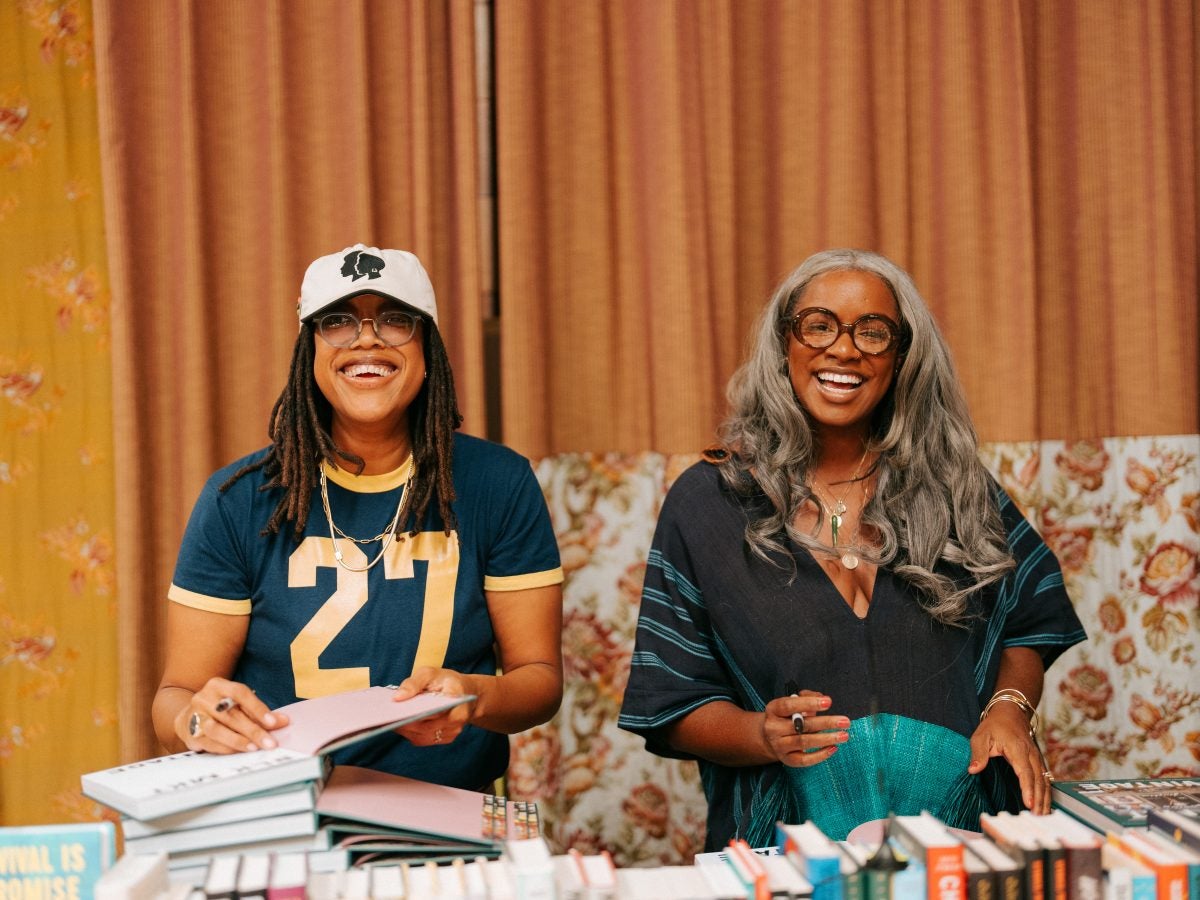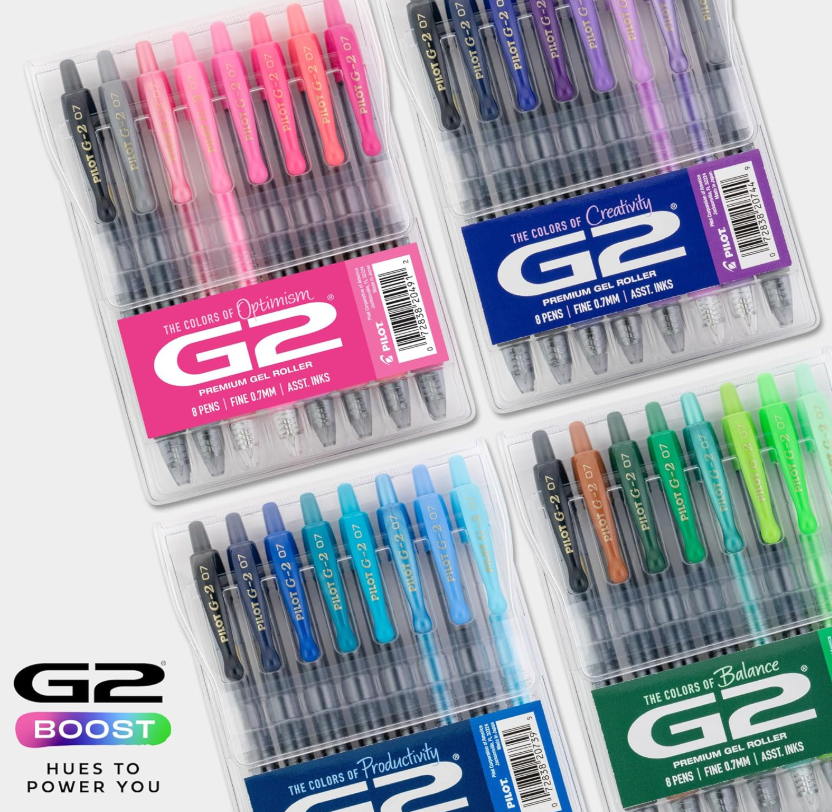
In their debut book, BLK MKT Vintage: Reclaiming Objects and Curiosities That Tell Black Stories, co-authors Jannah Handy and Kiyanna Stewart invite readers into a world where history, memory, and identity intersect through the power of material culture. Launched on October 15, this visually stunning work is more than a collection—it’s a testament to the stories embedded in everyday objects that have long shaped Black experiences.
Through over 300 photographs, the release evokes the intimacy of a scrapbook or family album. Readers will discover the nuanced tales held within objects like 1972 Shirley Chisholm campaign pins, 1920s HBCU yearbooks, and hand-drawn 1800s maps of Africa, and these items become vehicles for much broader conversations. The foreword by Spike Lee powerfully underscores this idea, stating, “what you have is valuable,” reminding readers that the relics of the past hold keys to understanding the present and reimagining the future.
The two Brooklyn-based founders of BLK MKT Vintage, bring a combined 20 years of expertise in collecting, sourcing, and curating Black ephemera. Their business began in 2014 with a mission to celebrate the narratives inherent in Black cultural production. As Handy shares, “We seek to expose folks to the power of history through non-traditional means of unconventional pedagogies.” This approach is woven throughout the book, where historical objects become conduits for storytelling and community connection.
The authors’ backgrounds—Handy’s in business and education, Stewart’s in journalism and Africana studies—shape their narratives with academic rigor and personal insight. Stewart reflects, “I see our work designing and curating spaces for BLK MKT Vintage in a similar vein—using objects to adorn a space in order to tell a larger story about the person inhabiting it.” They offer viewers not just an archive, but a guide to exploring their own identities and valuing their histories.
Beyond showcasing rare items and interviews with other Black collectors and archivists, BLK MKT Vintage: Reclaiming Objects and Curiosities That Tell Black Stories emphasizes the importance of preserving memory amid grief and loss. As readers turn the final page, they will find themselves urged to reclaim, uphold, and celebrate their own stories.
ESSENCE: Jannah, your background in business and education has shaped how you approach vintage curation. How has this expertise influenced the way you build and maintain the BLK MKT Vintage collection?
Jannah Handy: My personal and our collective grounding in education is the backbone of this business. We seek to expose folks to the power of history through non-traditional means of unconventional pedagogies. Our curatorial practice is one that centers the learning outcomes of primary historical sources. While we don’t have lesson plans for each item we sell—we could though, believe me—the learning is always at the center of our work, we just try to make it more appealing and accessible. My background in business has less of an impact on the BLK MKT Vintage collection and more with our marketing and brick + mortar location. While Econ 101 didn’t quite cover the obstacles of entrepreneurship, the lessons around consumer habits and best practices in marketing have been vital.
Kiyanna, your background in Journalism and Africana studies clearly informs your storytelling approach. How did you weave your passion for these subjects into the narrative of this book?
Kiyanna Stewart: Love this question and I was so grateful to have an academic and lived grounding for my storytelling approach throughout the book. I think that I turned to Journalism/Media Studies, Africana and Women’s studies in my academic journey because I was not only looking for myself, but looking for methods, tools and language to articulate/fashion myself as a Black, Caribbean-American, Queer creative person. Those disciplines have taught me to question voice, who is telling a story and about whom, who is in power and who is excluded/invisible – so, I find that the above questions are often at the root of my curatorial work for BLK MKT Vintage.
This book sets the foundation for our work, familiarizing readers with common/useful and shared vocabulary – while questioning that very vocabulary to see who/what is being invisibilized. The book also introduces readers to my wife and I in intimate ways – centering our personal stories as a means to support the broad, meta themes of the work. I also advocated for the work of various Black intellectuals to serve as theoretical grounding for the book – to situate us in conversation with existing works, pay homage the intellectual/cultural labor that has already been done in the study of Black and marginalized folks and continue the tradition of crediting and adding – riffing, remixing and interpolating Black intellectual thought in an accessible way. Folks like Audre Lorde, bell hooks, Toni Morrison, Arturo Schomburg, Stuart Hall, Marion Stokes, etc.
In what ways do you hope BLK MKT Vintage: Reclaiming Objects and Curiosities That Tell Black Stories sparks a deeper connection between readers and the Black material culture you’ve curated?
JH: For us, the crux of this work is a conversation about value and people’s values. We implore readers to reconsider the types of value we ascribe to things and move beyond just monetary value. From the beginning of the book, Spike Lee perfectly demonstrates the power of material culture in one’s personal and creative development and declares to the reader that “…what you have is valuable”. We hope folks who read this book will take a new understanding of valuing vintage items, history and value in the macro to other aspects of their lives. Through the work of this book, we encourage others to find value in their own and familial stories.
With over 300 photos in the book, what piece or object from your collection stands out to you personally, and why?
JH: This is such a hard question. Throughout the years we have interacted with thousands of pieces of Black ephemera, and the pieces that never get old to me are the Jet Magazines. We’ve carried Jet magazines from the first issue in the 1950’s to the last issue in 2014. What I love about these pieces is the sheer amount of information and hot gossip between the pages. From the historical, to salacious to the mundane, the reporting and storytelling on behalf of the Johnson Publishing company serves as invaluable snapshots of Black life throughout decades. When our brick and mortar location was open, folks would spend hours going issue to issue exclaiming about the stories they uncovered. Imagine your favorite social media app timeline in black + white printed, pocket form – that’s Jet!
The book highlights Black archivists and collectors. Can you share an experience from working with these individuals that left a lasting impact on you?
KS: There were so many incredible moments we shared with the collectors and archivists in this book, some of which weren’t published in the final version. Each conversation was special and went past our allotted time, but folks were so generous with their time, expertise and story. What has stuck with me since these conversations is the way grief, loss and memory is connected to their work with archives, collecting and material culture. So many folks shared stories, either about themselves or through their finding objects that centered grief and it was really affirming for both of us. While working on this book, I was coming to grips with my mother’s dementia diagnosis; after all, she is the reason I turned to this work as a young person, and while I’m immensely grateful she’s still with us in the physical, I have been grieving her for a long time. Several of the folks we talked to were grieving personal losses in their immediate family and often there were personal belongings that held memories and direct connections to those folks. We felt deeply honored to be shared with and trusted with their memories. Personally, I sit with the connection between this work and grief daily, so the affirmation of those interviews has left an indelible mark on me. I’m a proud steward of stories beyond my own.
How does this book serve as a bridge between the past and the future for Black storytelling through objects?
JH: By being intentional about documenting our contemporary story and our work in history we have preserved our story for generations to come with this book. We hope to create bridges with each person who engages with our work; a bridge back to their personal lineage, a bridge to informed futures and a bridge to the folks around them. We created this book with the expressed purpose to be found in the future. We hope this book fills the gaps that are ever present in our historical record, antiquities industry and reclamation of the keeping of history.
What role does fashion and design play in how you curate and showcase the vintage items in BLK MKT Vintage, both in your shop and in the book?







KS: Fashion and design are really useful tools in my curatorial process for BLK MKT Vintage because they’ve given me access to a rich archive of inspiration to reference and pull from. I worked in the fashion closet with the fashion editors at Women’s Wear Daily back in the day and saw hundreds, if not thousands of samples in my time there. I understood their work as sitting at the intersection of the materiality of garments and the possibilities around marketing/storytelling. They weren’t designing; they were combing through garments to identify trends and find/craft/tell stories – both written and visuals – to help readers and customers imagine possibilities for clothing/apparel. I see our work designing and curating spaces for BLK MKT Vintage in a similar vein – using objects to adorn a space in order to tell a larger story about the person inhabiting it. Fashion and design have both helped me to sharpen my eye and my sartorial sensibility – unapologetically defining who I am as a curator/collector, what is aligned and how I can best serve the project/task at hand.
How do you envision readers using BLK MKT Vintage as a tool to start their own journeys into collecting pieces that reflect their identity and heritage?
KS: This is really the point of this work. We hope that this book inspires folks to see themselves as part of the ecosystem, the engine that ensures Black people’s historical memory. We are all needed – at the personal, familial, community and institutional levels. I hope that this book serves as evidence that collecting/selling/trading Black material ephemera is a viable, lucrative and respected business/career path – and also, that it expands folks’ imagination about what is possible when you center Black folks and our cultural production. We also want folks to start at home and intentionally create lives and spaces for themselves with sankofa in mind. “Go back and get it” – it’s okay. When you go back, we hope you think of BLK MKT Vintage.





